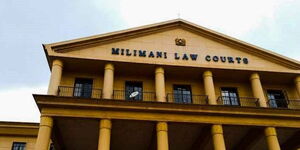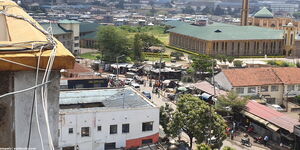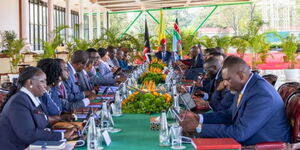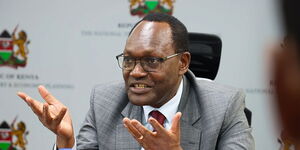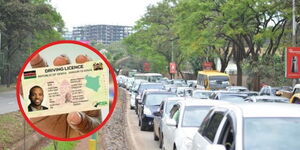In just over seven months, the African Union (AU) will convene in Addis Ababa to elect a new Chairperson of the Commission.
This highly anticipated election, scheduled for February 2025, will see the 55 member states of the AU cast their votes to determine the future leadership of the Commission.
The election process is steeped in tradition and guided by specific rules. All eight senior leadership positions of the AU Commission, including the Chairperson, Deputy Chairperson, and six Commissioner posts, are open for candidates' submissions.
These positions are allocated based on regional representation, ensuring a fair distribution of leadership across the continent. The upcoming election will adhere to the principle of inter-regional rotation, with the Eastern Region providing the preferred Chairperson candidate.
This opened the door for former Prime Minister Raila Odinga and he has emerged as a prominent contender for the Chairperson seat. Odinga has launched an extensive campaign to garner support from member states, emphasising his vision for the future of the AU.
The AU’s election procedures are meticulously outlined in its statutes. Rule 38 governs the election of the Chairperson and Deputy, specifying a secret ballot and a two-thirds majority vote. This rule ensures that the elected leaders have widespread support across the continent.
Rule 39 addresses the appointment of Commissioners, emphasizing equal geographical distribution. Each region is entitled to only one Commissioner, fostering a balance of power and representation. Competence, leadership qualities, and a proven track record are essential in the criteria for candidates, ensuring that only the most qualified individuals are considered.
Rule 42 details the voting process. The Assembly of Heads of State and Government elects the Chairperson and Deputy by secret ballot, requiring a two-thirds majority. If no candidate achieves this majority after three rounds of voting, the process narrows to the top two candidates, continuing until a decision is reached. This rule ensures that the final choice has broad support, even if it requires multiple rounds of voting.
The election is more than a mere formality; it’s a strategic battle where alliances and diplomatic skills come to the fore. The AU’s commitment to gender rotation also plays a critical role. If the Chairperson is male, the Deputy must be female, and vice versa, promoting gender balance in the organisation’s leadership.
The February 2025 summit is expected to be a diplomatic marathon, with intense negotiations and backroom deals. As the member states prepare their strategies, the focus will be on finding a leader who can navigate the complex political landscape of the AU and drive the organisation forward.
The election’s outcome will have far-reaching implications. The Chairperson and Deputy Chairperson serve four-year terms, renewable once, giving them significant influence over the AU’s policies and direction.
With pressing issues such as economic development, peace and security, and regional integration on the agenda, the new leadership will need to hit the ground running.

